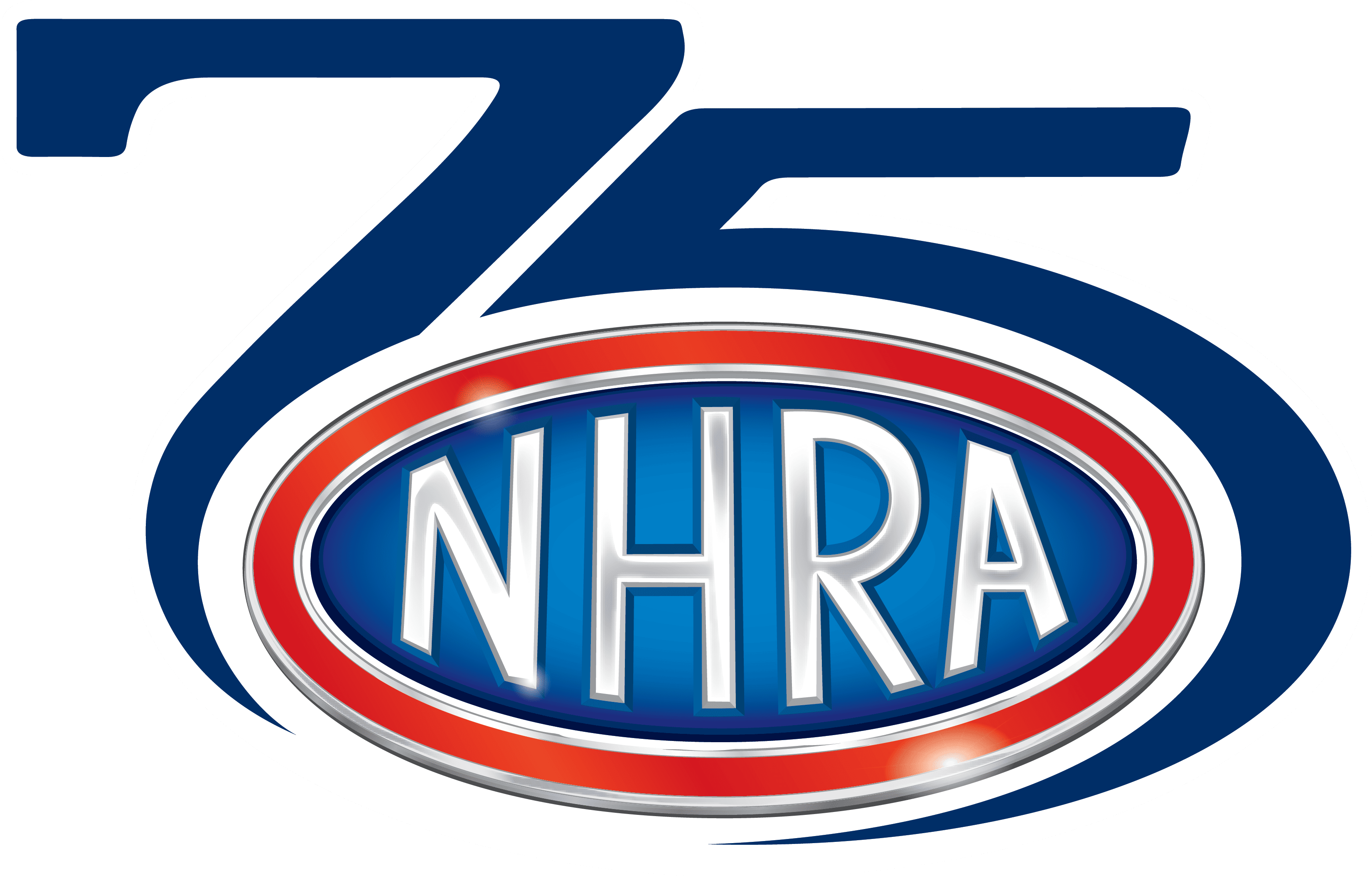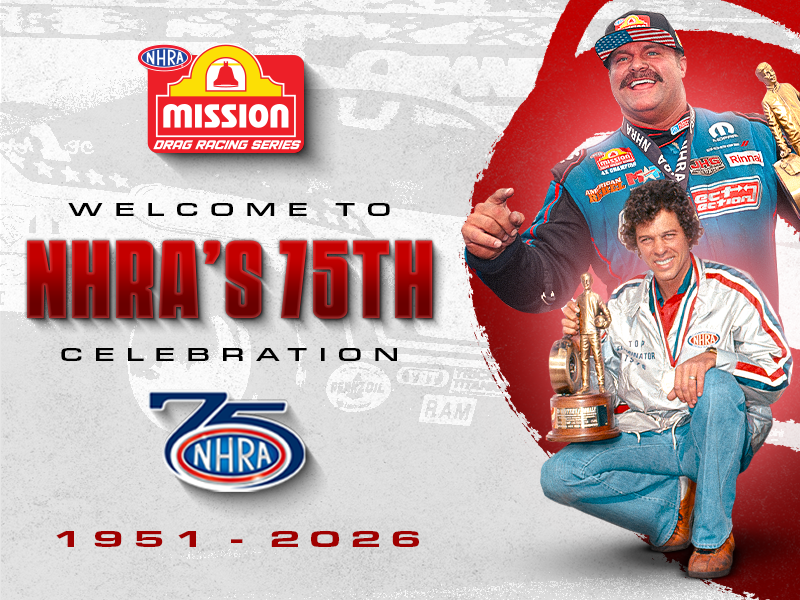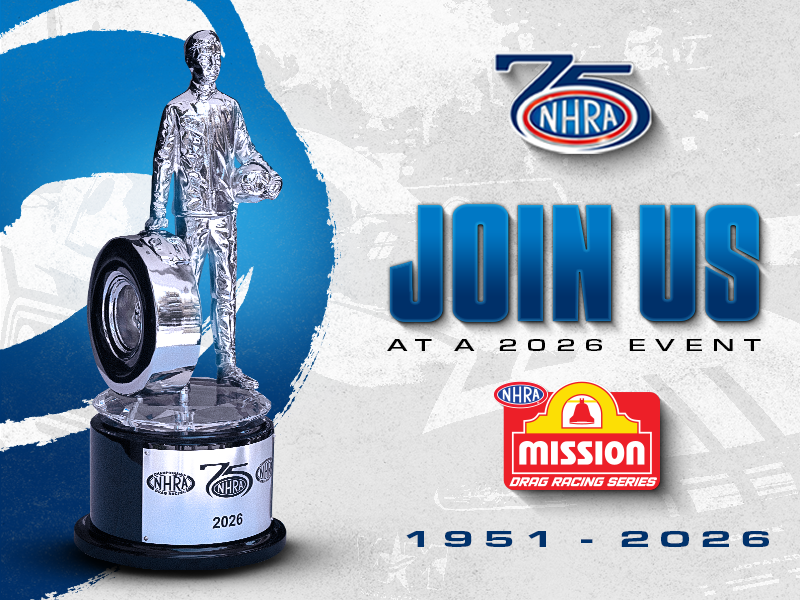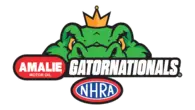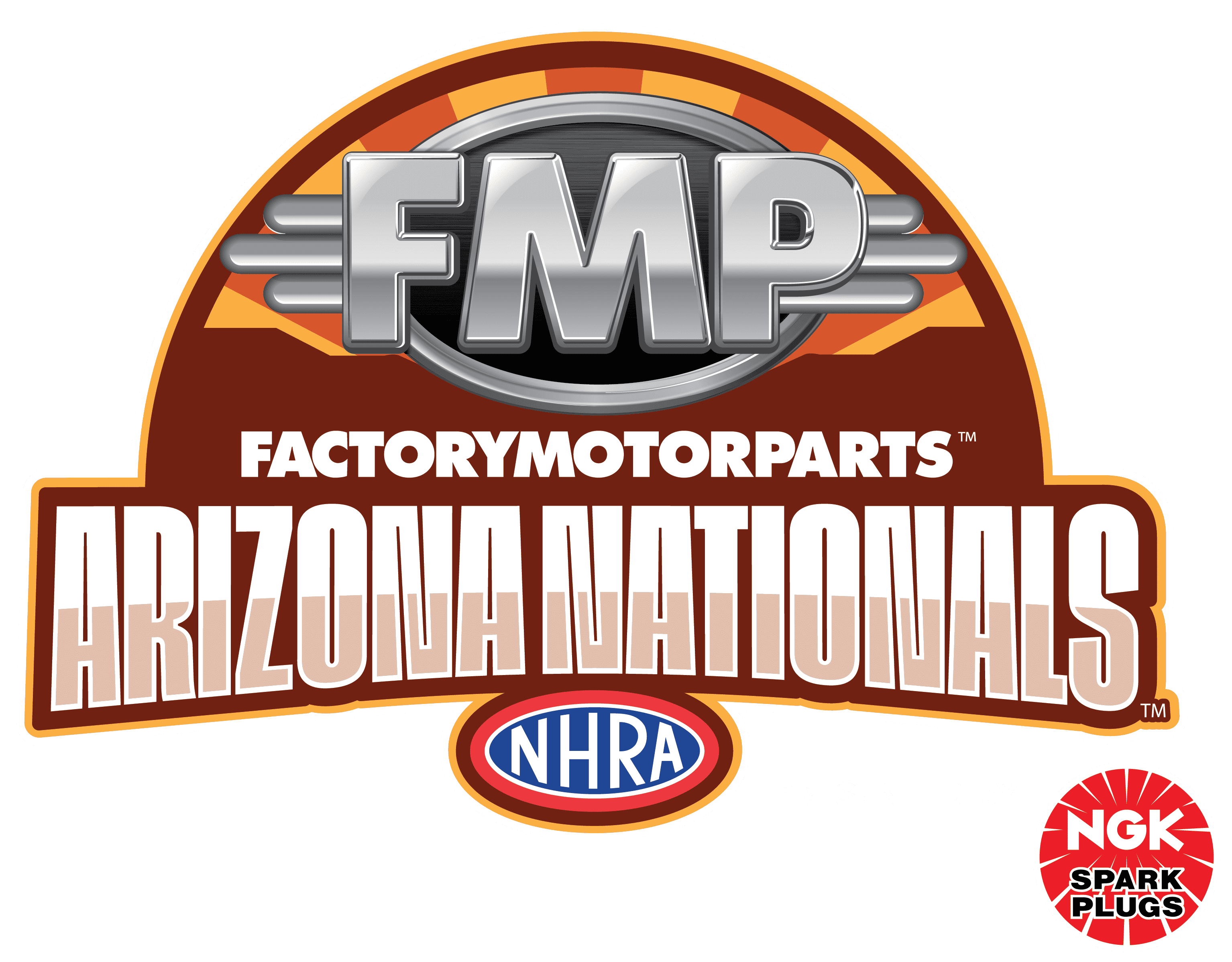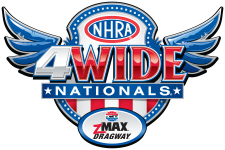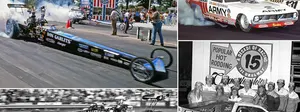It was Wally's World; we were just lucky to live in it
 |
Wednesday was a somber day around here for many longtime members of the National Dragster staff. It was Jan. 23 and marked what would have been the 100th birthday of NHRA founder Wally Parks. It's hard to believe it has been more than five years since we lost him, but I get the sense that he's smiling down on us as we continue his mission.
In case you missed it, NHRA is honoring Wally's birth date with a special Wally's 100th ticket promotion for the upcoming O'Reilly Auto Parts NHRA Winternationals and the Amalie Oil NHRA Gatornationals, but we continue to honor him every day in our efforts and our dedication, remembering an amazing man who led hot rodding from the dark shadows of scorn into the bright sunlight of national acceptance.
I can't begin to imagine how difficult that work was then, how they had to convince law authorities, politicians, and neighborhoods that a lot of the hot rodders were not the black-jacketed thugs of movies but hardworking Joe Lunchpails who liked cars and fixing them up. Today, I think we all take for granted that the NHRA will be accepted wherever it goes, that we'll roll into a community somewhere and be greeted with open arms by merchants and civic leaders and local fans, but it certainly wasn't always that way.
Unless you lived it, most of us probably can't imagine a time when dragstrips didn't dot the country and organized activities were difficult to find. Imagine, then, the sheer audacity (perhaps even the naivete) of organizing a small band of Johnny Appleseeds, loading them up in a station wagon and a little tow-along trailer and sending them off across the country to help sow the seeds of the sport.
That's the visionary kind of guy that Wally Parks was, and I shudder to think how much longer it would have taken us to get to where we are if not for his sheer tenacity and ability to dream big and act bigger.
It's hard for me to reconcile that when I first sat down across the conference-room table from Wally more than 30 years ago at the NHRA headquarters in North Hollywood, Calif., to interview for a bottom-of-the-rung position on Dragster's editorial staff that he had already lived a full life and then some, that he was then 58, six years older than I am now, and seemed as if he was just hitting his stride.
Wally never met an opportunity that he didn't think deserved to be explored and expanded, and woe be it to the person who missed getting NHRA on that boat. I have a thick folder filled with examples of the infamous and feared "Wally memo" that would land on your desk from time to time reminding you of your transgressions. He was a hard guy to work for only in that he expected from everyone the same incredible vision and attention to detail that he possessed.
Usually, your “Wally memo” arrived on your desk in the morning, sealed in a crisp white NHRA-logo envelope with your name written in his very distinct (and quite handsome) handwriting. At that point, you had a decision to make: Do I open it now and ruin the rest of my day, or do I let it sit until, say, after lunch – all the while the anxiety of its unknown contents eating you up – and open it later in the day? Either way, it usually ruined your day. Sometimes, if the matter was urgent, he would send a fax; remember faxes? He called them “Okie email” because he never was big on the other popular form of electronic communication.

(Above) My first "Wally memo" and (below) some of the many I received in the years that followed.
|
 |
I was less than four years on the job when I got promoted to editor, and I know that Wally had his concerns. I think I’ve shared this story before, but the first “Wally memo” I ever got came the first week after my promotion and began – and I’m not making this up – with “Congratulations (I think).” He then detailed what he thought was wrong with the publication and what I should do to fix it. I know ... no pressure, right?
Looking back, I guess I can’t really blame him for his skepticism. Compared to him and his lengthy and decorated journalistic career as longtime editor of Hot Rod, I was still a wet-behind-the-ears kid taking the wheel of his beloved publication with what probably seemed to him to be a learner's permit.
As he had done with every editor before, we butted heads on a number of topics. Wally was “old school” on a lot of things, and I was semi-“new school” and trying to help put an uptick in the somewhat stagnant member count, and we clashed a few times. I attempted to counter his eloquent memos with logic and candor (and a dash of contrition), but as good as I was with words, he was always better, and, hey, it was his train set, and I had to play with it how he wanted.
The most famous of those arguments was a long-running battle known around here as “stars vs. cars.” Having been in on hot rodding’s ground floor and seeing throughout the 1950s and 1960s the incredible innovations and handiwork performed on the first hot rods, Wally believed that the editorial focus should be on the machines themselves and not those who drove them. “The cars are the stars” was his mantra. The writing staff, on the other hand – with the agreement of the Marketing Department – wanted to sell the drivers. Granted, the cars weren’t as cookie-cutter looking as they are now, but there was a period when it seemed as if almost every winning Top Fueler came from Al Swindahl and every Funny Car was a Trans Am, and we had great new stars we wanted to promote plus the older fan favorites like Shirley Muldowney, Don Prudhomme, and Don Garlits (I sometimes wonder if Wally’s long-running feud with Garlits made him shy away from selling the stars).

Wally and I weren't always crossing swords in those early days. He posed with me in Columbus in 1987 for this special Young Racers issue of Dragster. Wally was a huge champion of NHRA's youth movement.
|
Anyway, in the end, we did what we could to focus more on cars – adding more tech, car features, and sidebars about the mechanical parts – and tried to make nice while trying to move the membership needle (we were successful on both counts).
Even though Wally had become less involved in the day-to-day NHRA business – or maybe because he had more time on his hands not shepherding what had become an established sport – and he wasn’t in the office as much, the frequency of the “Wally memos” to me increased, and, again, it's hard to blame him for that. He had, after all, conceived and birthed in 1960 a wonderful and versatile tool to promote his NHRA, and he still had an ownership of its success. I was more than happy to enjoy that with him.
As the dialogue increased, so did our kinship. I never expected him to respect me the way I was in awe of him, but as the years went on and National Dragster evolved and grew, the memos still came but were almost exclusively congratulatory, lauding a particular issue or article or the precise cropping of a photo.
 NHRA threw a surprise party for Wally's 80th birthday in 1993, luring him to what he thought was a dedication for the new Pomona tower. When he walked into the room, we all donned these Wally masks and sang "Happy Birthday" to him. He was touched. I still have my mask. |
As NHRA prepared to embark on its 50th Anniversary celebration in 2001, it was decided that a companion website should be created, and I embarked on an immense undertaking to tell the story of NHRA’s founding based on old issues of Hot Rod (NHRA Museum curator Greg Sharp painstakingly photocopied relevant articles for me from his collection of Hot Rods spanning 1951-60) and National Dragster.
It occurred to me even in 2001 that someday we would lose Wally, and with him would go a part of the oral history of NHRA’s founding, and I was determined to have one last shot at getting that story, or at least Wally’s version of it. It was during this period that I really won him over and gained what I consider the full and complete respect and trust of the living legend, which thrilled me to no end.
He became obsessed with making sure that I had the story down right, asking to review reams of material and making minute yet crucial changes to sentences and sometimes even words. He knew that I wanted it to be right, and I think that was important to him, perhaps because he knew that the book on the same subject that he had long (and off-again, on-again) labored on might never see print before he was gone. I was his proxy to see that the history survived him. Again, no pressure, right?
 |
As Wally's health began to decline, I used any excuse I could to engage him for details of his life outside of drag racing, about his upbringing, his years in the military, and anything else I could think of. I was trying to be sly, prepping for the inevitability of his passing, and although I knew I was interviewing him for what would eventually become part of his obituary, I tried not to make it that transparent, but I'm pretty sure he knew.
After he died in late 2007, I was able to take the work we had done together in 2001 and help create, in pretty quick fashion, a mini book about his life. It all came together pretty well, and once it was nearly done, all that was left was the design for the back cover. We had the photo we wanted, of Wally overlooking the racetrack at Indy, but we struggled for the epitaph to accompany it.
I remember a handful of us sitting in someone's office bouncing around keywords and sentiments that we wanted to express, and finally it came to me, and as I said those words aloud and everyone else smiled at them, I felt that Wally himself had reached down and blessed me with them.
“Your vision remains our mission.”
And that's pretty much the way we think of what we do. We miss ya, Wally. We wish we were celebrating your 100th with you but are so happy about and proud of the time we did have with you.
